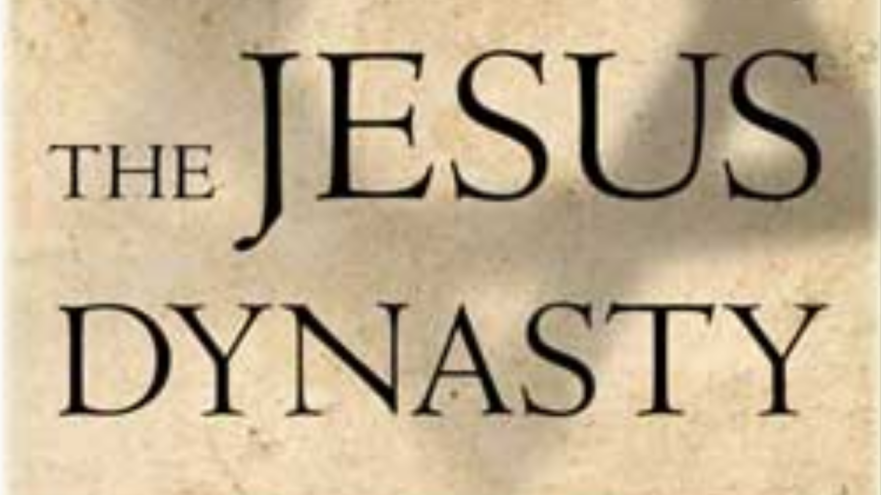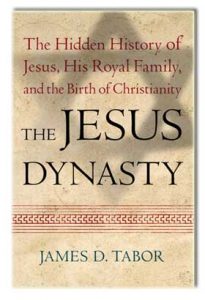Revised: 14-Mar-2007
In terms of its publication date, James Tabor’s new book The Jesus Dynasty[1] follows on the heels of Dan Brown’s The Da Vinci Code, a fact that is probably a commercial blessing for Tabor (as the public has recently shown an interest in these matters), but which might also lead to some overhasty dismissals of Tabor’s work (by those aware of Brown’s nonsense). Certainly a title like The Jesus Dynasty invites comparisons with Brown, but the title, in one sense, is not accurate: Tabor does not argue (as the characters in Brown’s novel do) that Jesus had offspring who formed a dynastic house. The dynasty that Tabor imagines should more properly be called a “Mary dynasty,” as it is composed of Jesus and his brothers, not Jesus and his descendents. (Actually John the Baptist is also a key figure in this dynasty.) In spite of the fact that Tabor is a well qualified biblical scholar, however, there are some rather weighty concerns. Since the book has sold so well, it might be important to address some of these concerns.
Perhaps the best part of Tabor’s book are the anecdotal accounts of his personal field research, in which he relates the feelings he had as he visited this or that tomb, uncovered facts, and adduced connections that others had not seen. But if Tabor presents a number of archaeological discoveries that seem too good to be true, it is because some of them turn out not to be true. In one case, Tabor finds so many possible direct contacts of the historical Jesus with archaeological finds that he presents the reader with an embarrassment of riches: in the introduction, he sets out the case for associating the so-called James ossuary with a tomb in the Hinnom Valley, but then, at the point where the reader might be most ready to accept this scenario, he abandons it and presents an equally compelling argument for associating that same ossuary with the Talpiot tomb, excavated in 1980. (Against the vast majority of scholars, he is holding out for the authenticity of the James ossuary.) Therein we see some of the strangeness of Tabor’s procedure: he never discusses these two scenarios in terms of mutual competition, and the uninitiated reader might even fail to see that Tabor’s left hand takes away what his right hand offers. The effect is a bit strange—rather like a solitaire version of “exquisite corpse.”
Paid Content
Premium Members and Friends of JP must be logged in to access this content: Login
If you do not have a paid subscription, please consider registering as a Premium Member starting at $10/month (paid monthly) or only $5/month (paid annually): Register
One Time Purchase Rather Than Membership
Rather than purchasing a membership subscription, you may purchase access to this single page for $1.99 USD. To purchase access we strongly encourage users to first register for a free account with JP (Register), which will make the process of accessing your purchase much simpler. Once you have registered you may login and purchase access to this page at this link:
- [1] James D. Tabor, The Jesus Dynasty: The Hidden History of Jesus, His Royal Family, and the Birth of Christianity (New York: Simon & Schuster, 2006). ↩
































































































